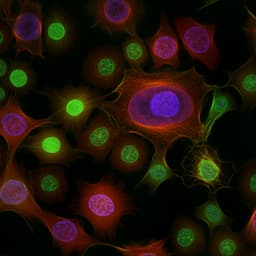
Economics
Automation and labour market inequalities: a comparison between cities and non-cities
R. Capello and C. Lenzi
This paper delves into the effects of robotization on job displacement and labor market inequalities in Italy, highlighting disparities between urban and non-urban environments. The research by Roberta Capello and Camilla Lenzi reveals that while automation impacts all workers, low-skilled individuals in rural areas face greater risks, leading to potential job exit, whereas urban workers see a shift towards better-paying roles.
Playback language: English
Related Publications
Explore these studies to deepen your understanding of the subject.







